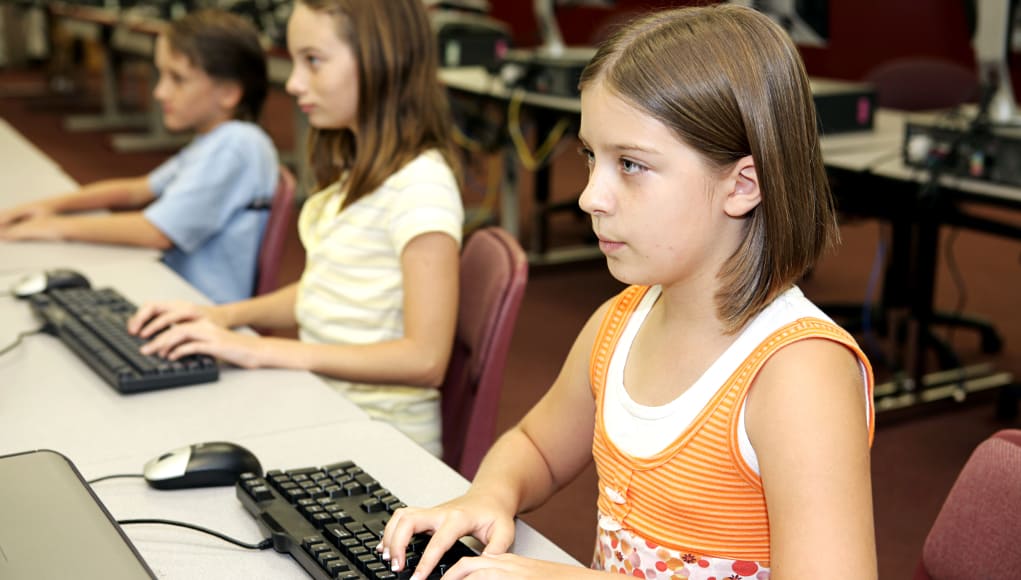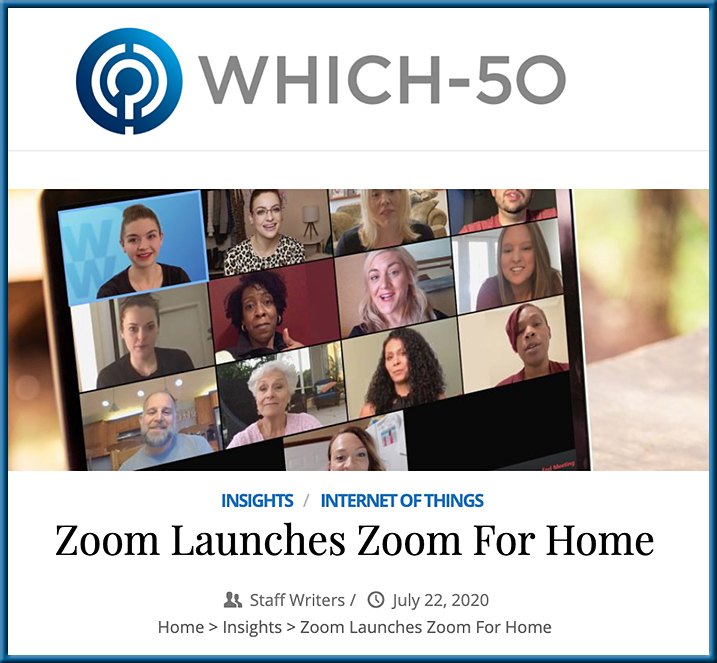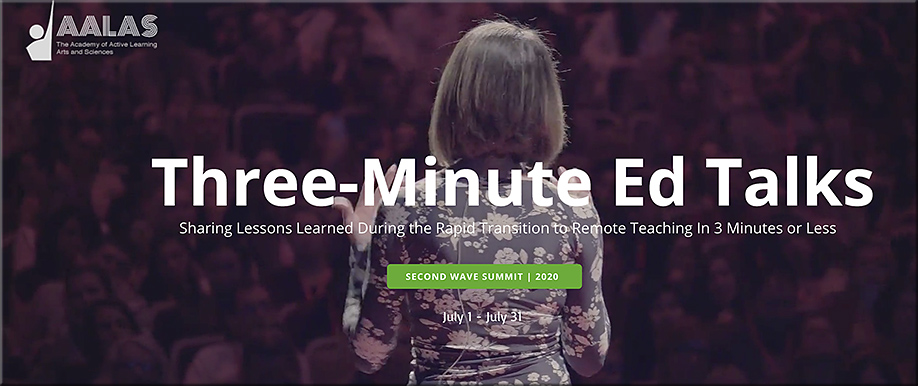Learning ecosystems across the country — especially those involving K-12 — are morphing once again.
Have you heard about the explosive interest and potential growth involving “learning pods” — also called “pandemic pods”!?! It’s amazing to see how quickly things are changing in this fluid situation. This is another great example of how the macro-learning ecosystem for K-12 is changing — as well as the changes happening at more of a micro-level. (To see how true this is, put a Google Alert or two out there for “learning pods,” “pod learning,” and/or “pandemic pods.”)
For some information about these changes, see some of the example articles below:
- Some Parents Considering ‘Pod Learning’ Instead Of Returning To Classrooms This Fall — from newyork.cbslocal.com
- The Pros and Cons of Pandemic Learning Pods — from people.howstuffworks.com by Carrie Whitney
Excerpt:
What Is a Learning Pod? The idea of learning pods and micro-schools didn’t arise in response to the COVID-19 pandemic, though the concept has gained popularity because of it. Maureen O’Shaughnessy, Ed.D. published the book “Creating Micro-Schools for Colorful Mismatched Kids” in 2019. She’s also founder of the Micro-School Coalition, and believes micro-schools and learning pods should be unique and “reflect the values of the community that they serve.” Rather than acting as a specific model, the coalition serves only as an example of how to feature small classrooms with multi-age students; and innovative teaching models with personalized learning and holistic curriculums. - What are ‘micro-schools’ and ‘pandemic pods’? — from today.com by Ashley Capoot
“This is real. This is not just a niche interest anymore.”
- As school starts online, parents need to study up on ‘pandemic pods’ – and what they mean for equity — from usatoday.com by Wyatte Grantham-Philips
Excerpt:
Some families are “poding up.” Learning pods, also dubbed “pandemic pods,” are small groups of families that agree to do supplementary learning or complete at-home coursework together. Sometimes they hire a tutor. Sometimes they share the supervision among parents. - Homeschool pods are gaining traction amid worries about school reopening; here’s how parents are getting the finances to work — from USA Today by Aimee Picchi
- ‘Pandemic Pods’ Raise Concerns About Equity — from npr.org by Anya Kamanetz
- Pediatrician Warns Learning Pods Without COVID-19 Protocols May Be Riskier Than Schools — from sanfrancisco.cbslocal.com
- POD Learning. Parents, Let’s Work Together to Form Family Pods — from tapinto.net by Jessica Bush
Excerpts:
As students and parents prepare for an uncertain back-to-school season, the concept of pandemic pods has risen in popularity, and in practice. But these pods are likely to exacerbate preexisting inequality, and intensify the loaded debate over “school choice,” which has a complex history when it comes to race and class. - Pandemic pods are inequitable and inevitable — and a dream come true for the school choice movement — from businessinsider.com by Juliana Kaplan
From DSC:
Though very interesting to see what occurs here, I, too, am concerned about the inequalities and the potential for expanding the learning gaps across the country (between the folks who have the resources and those folks who do not). For example, consider that the cost ranges from $1,500 to $2,500 dollars per student — per month — in the San Francisco Bay Area. (See COVID-19 learning pods: Here’s how they work and what Bay Area schools say about them by Luz Pena.) Or see
- San Diego County parents creating ‘student pods’ and hiring teachers as substitute for virtual learning — from cbs8.com by Shannon Handy
Some families can’t afford to hire outside help to aid in virtual learning














